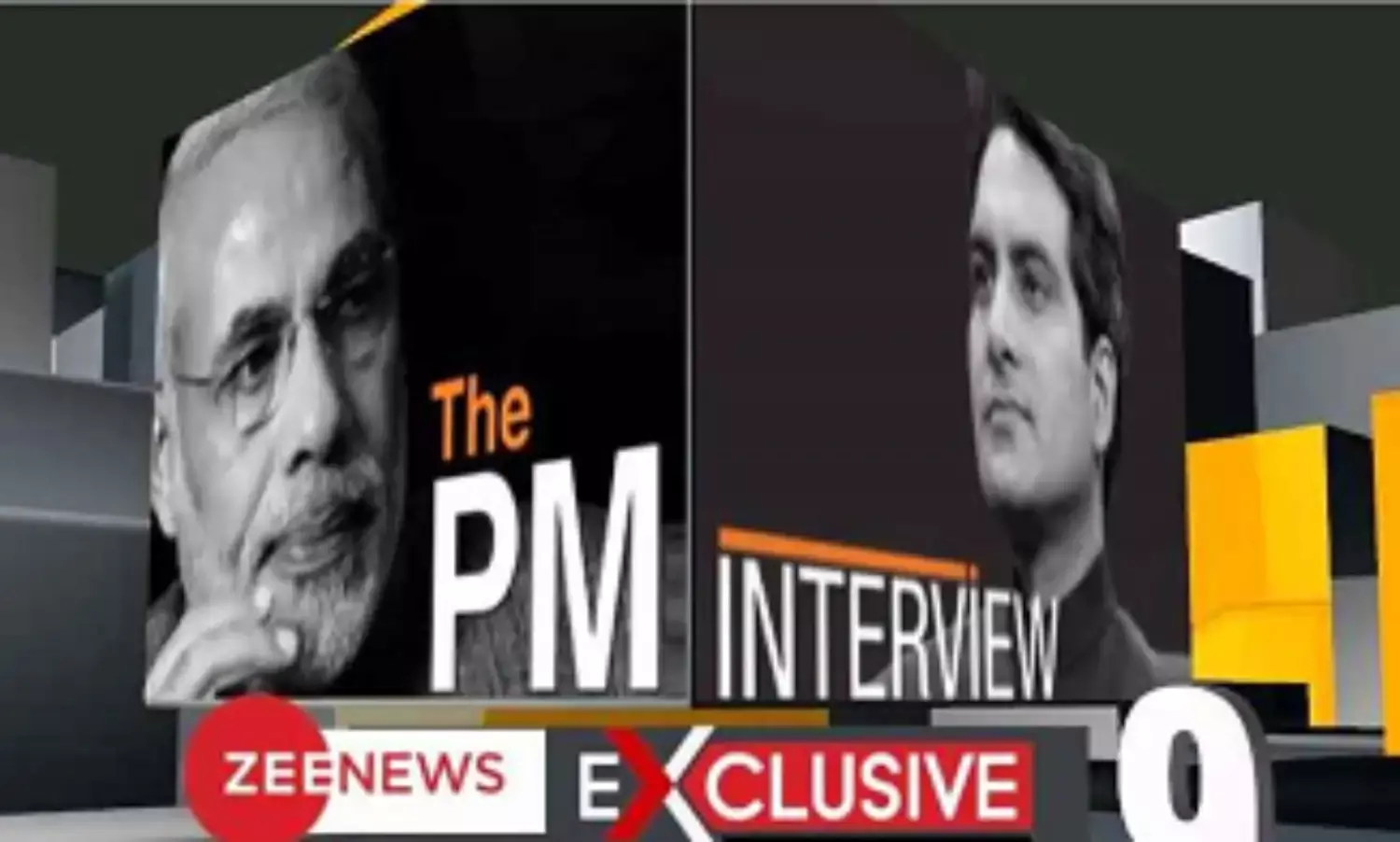PM Modi's PR Exercise: Soft Questions From Select Channels
PM Modi's PR Exercise: Soft Questions From Select Channels

NEW DELHI: Prime Minister Narendra Modi is reportedly on a public relations exercise, this time through select media outlets. Two favourites--Zee News and Times Now---have got the first interviews with journalists speculating about why Republic’s Arnab Goswami was not a first choice. More so, as he is really the mentor of the anchors selected by the Prime Minister, being the direct boss of at least the two Times Now interviewers who he can claim to have taught his brand of journalism in the studios.
Under criticism for not holding a press conference, the PM has reportedly decided to deflect this with sanitised interviews given to select anchors and select media outlets. It has been a fairly well established norm for Prime Ministers in the past to hold major press conferences, fielding questions from reporters without bias or censorship. Such press conferences have been part of Indian democracy with even the more authoritarian Indira Gandhi holding press meets both within the country and abroad. Former BJP President Atal Bihari Vajpayee would turn special luncheons hosted for all reporters into press interactions, and was certainly not seen as inaccessible or selective by the media.
PM Modi, however, has dispensed with this practice altogether. His two interviews to the two channels that have been aggressively supportive of the government were remarkable as there was not one awkward question, or one controversial response.
The questions followed a set pattern, and a soft phraseology bordering on reverence, with the Prime Minister at his smiling best. The projection was calculatedly of a leader who had been wronged by the Opposition, as he was trying to develop the nation along economic lines that had raised the prestige of India all over the world.
An unconfirmed WhatsApp message that is making the rounds across media circles about Prime Minister Narendra Modi’s first interview to Zee News Channel ends with the anchor reportedly saying, “sir koyi masala nahin diya aapne” to which the PM is said to have responded, “Modi is himself news and masala.”
This WhatsApp is being credited to anonymous Zee news staff and while drawing barbs and humour, does reflect the effort to ensure that the interview was just right, and there was not a minute ---or for that matter second---where the mask of both interviewer or the interviewee slipped into awkwardness.
The answers were vague and not specific. Demonetisation was spoken of without figures or statistics of the black money unearthed. Unemployment, of course according to the interviews, does not exist with vague answers of how more roads are being built, and more railway lines laid, and hence “obviously” more jobs created. No figures asked for, no figures given.
The anchors usually seen screaming at hapless guests in the evenings, were at their refined best ---one journalistic wag used the term ‘mousy’---with the tones hushed, and questions asked almost apologetically. The PM was also at his very best, the democrat who did not want to interfere in the judicial controversy, the diplomat clear that India’s foreign policy was not Pakistan centric and who had raised India’s stock in the world, the politician attacked ceaselessly by a disruptive opposition, as he smiled through the answers. Reasonable, democratic and nationalist.
The outreach will continue, according to insiders. And the interviews will not stop at these anchors as this is part of a larger public relations exercise, worked out by the PM and if reports are to be believed BJP President Amit Shah.
The possibility of an interview is the carrot being fed to the television channels and the mainstream media queuing up outside PMO for the favoured glance. The rest of the media, knowing they will not make it to charmed circles, continue asking for a free wheeling press conference where questions on Kashmir,mob lynchings, China and other issues impacting on the well being of India can be raised without fear or favour.
This is however, not the first time that structured interviews have been given and taken by an increasingly compliant media. This practise was not unknown during Prime Minister Manmohan Singh’s term in office, where an interview was given to a leading newspaper with questions screened before hand. It might be mentioned here that political vetting of questions is against media norms, with editors in the past having refused interviews made conditional on this. Under the UPA, however, this was done away with to a great extent with then Congress President Sonia Gandhi giving interviews only after questions were submitted beforehand. Rehearsals had become the norm then as well.
However, then PM Singh held two major press conferences at Vigyan Bhawan taking questions from all across. He also had interactions with groups of journalists and editors regularly. Vajpayee was of course a media favourite, and never came under pressure to hold a larger press meet. He remained accessible, however. Rajiv Gandhi also held the Vigyan Bhawan press meet, and had regular interactions with journalists.


